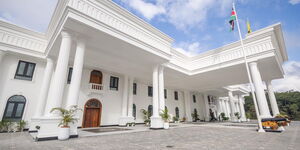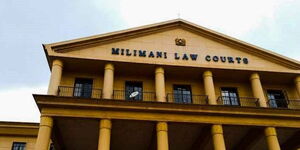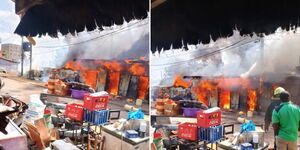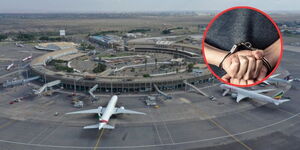Nairobi City has been ranked higher than many of its advanced counterparts including New York and London in the latest study conducted by Arup, a global advisory and engineering company.
The study released on Wednesday, March 30, sought to analyse cities 'sponginess' and their ability to absorb rainwater and avert flooding disasters.
In the study that incorporated 7 cities with the highest soil absorption rates, Nairobi emerged second globally owing to its generous distribution of green spaces such as national parks and an abundance of trees, hence the title the 'green city in the sun.'
Garnering 34 percentage points, the city ranked behind New Zealand's Auckland which had 35% sponginess in the study.
Nairobi was followed by New York, Mumbai and Singapore which tied in the 3rd place with 30 percentage points followed by Shanghai at 28 per cent and London, at 22 per cent.
In the study, Nairobi, which experiences long rains between March and May with a shorter season between October and December, has mostly black cotton and red soils.
It has the highest percentage of soft land of the seven cities studied and enjoys expansive national and public parks but suffers from low-rise residential and urban backyard typologies.
"The other dominant typology is ‘dense low-rise urban’ which was assessed as having no green-blue areas within it. Subsequently, the residents will be negatively impacted as a result, unable to draw on the benefits provided by green infrastructure," read the statement in part.
The mushrooming skycrapers and the swelling population continue to mount pressure on Nairobi's infrastructure especially the drainage system, with floods becoming a common occurrence.
"In April 2016, inhabitants of Nairobi were caught up in flash floods after a storm brought heavy rainfall that lasted for nearly 3 hours. Some streets were under a metre of water, causing trees to be uprooted and damage to buildings and vehicles," added the report cautioning that the green spaces were quickly running out due to increasing construction activities.
In comparison, New York City also faces flooding risk and suffers from severe hurricanes across the North Atlantic Basin.
"Compared to other cities surveyed, such as Auckland, the amount of green and blue infrastructure across the study area is less evenly spread. In the Bronx, to the north, there are more parks and larger green areas, with a significantly higher number of trees interspersed around buildings.
"But to the south of Manhattan island, with the exception of Central Park, there is much less vegetation with the streets much more heavily urbanized," added the report.
Arup measured the type of soil, the availability of green spaces and its water runoff potential to determine the sponginess.
"Cities can’t go on being concrete jungles, in conflict with nature. To flourish, cities need to work ‘in tune’ with nature. They need to learn quickly how to deploy nature-based solutions that bring far wider benefits than traditional engineered ‘grey’ infrastructure and contribute positively to biodiversity and carbon reduction," warned the study.
The world continues to grapple with the adverse effects of global warming due to the increasing depletion of natural resources and emission of carbon gases in the air.












